Affiliate disclosure: This post may contain affiliate links. Please see our Privacy Policy.
Living in a remote off-grid cabin about 200 miles from the arctic circle is not for the faint of heart. I thought we had rough winters here in Vermont, and I get cranky about our 100-day growing season. That’s nothing compared to the short 7-week growing season they have in northern Canada.
This guest post comes from Sarita Harbour at Off Grid Life. Sarita is a business and finance writer, blogger, homeschooling mom, and fledgling homesteader. She lives with her family off the grid in Canada’s Northwest Territories.
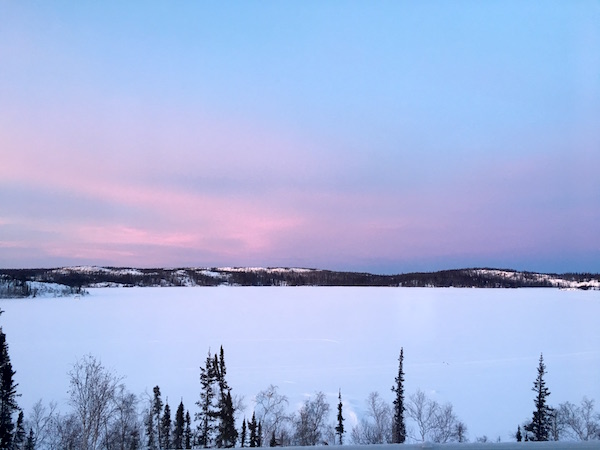
All over the world, in different countries, conditions and climates people choose to disconnect from the electricity grid and create energy-independent homes. Self-reliance, a simpler lifestyle, getting away from the city — people have many reasons to move off the grid. Yet living off the grid in extreme environments has its own set of challenges.
When my family moved to our off-grid home near Yellowknife in Canada’s Northwest Territories, we expected our challenges to arise from the extremely cold temperatures and barren landscape. Yet as much as we tried to prepare to live off the grid in a cold climate, there were a few things that we didn’t anticipate — good and bad.
If you’re dreaming of moving to an off-grid cabin in Alaska, Yukon, or the Northwest Territories, keep these six things in mind.
#1. Solar Power is Great…in the Summer
Yes, solar panels and northern summers are a great combination. Solar panels and northern winters? Not so much.
The weak winter sun only rises for about 4 ½ hours here during the darkest days of December and January, so we run our generator more frequently. And this means higher fuel costs and more potential breakdowns.
Our eight 80-watt solar panels sit on the roof of our two-story chalet-style home. They work quite well to power our batteries from April through May. And they’re downright awesome from June through August when we enjoy close to 20 hours of full sunlight, with the remaining four hours being kind of “twilight-y”.
Every fall we position the panels to capture every last minute of the watery winter sun that moves across the top of the treeline for a few hours each day. Then in the spring, we reposition them to maximize the summer sun. The more solar power we create, the less dependent we are on our generators.
When you’re building or buying a northern off-grid home that depends on solar panels, experiment with how to best place and position those panels to make the most of the winter sun.
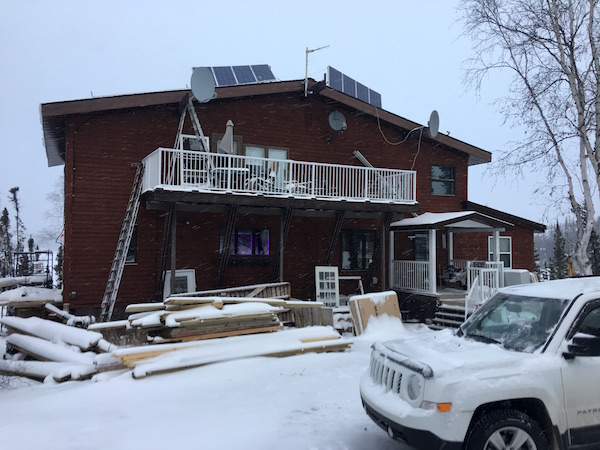
#2. A Wood Stove Can Heat Your Entire House…Maybe
You may be surprised to discover that yes, in most cases you can heat your home to a comfortable temperature using a wood stove only. Even when it’s -48 degrees Celsius outside (that’s -54.4 Fahrenheit).
But depending on your home’s size and location, heating with wood in the north can be expensive. We’re at a latitude of about 62 degrees north. In our area, the trees are spindly and not great for firewood.
We’re also supposed to get a license to chop wood. And we can only chop and gather firewood in designated woodlots, usually where the bushfires have left standing dead trees. At least the license is free.
To save time, money, and get better wood, we buy 20 cords of wood at a time (we use nine to 10 cords per winter) from a sawmill down south when we prepare for winter.
Honestly, we didn’t even think about potentially having problems getting firewood when we moved here. So if you’re expecting to depend on wood heating in a cold climate, know that it can be done. But check into the availability firewood asap.
#3. Shipping is REALLY Expensive
Living in any kind of remote location likely means it’s difficult to get to and from more populated areas. And some people like it that way.
But that also means it’s tricky and expensive to get things you need from other places. This is particularly true when it comes to receiving parcels or heavy parts being shipped by air, ground transportation, or even barge.
If you’re building or renovating a cabin, for instance, or require supplies or parts for anything you’re DIYing, such as generator parts, car/truck/snowmachine/ATV parts, charge controllers, inverters, ice augers, etc., prepare to pay a bundle for shipping.
Like many people in our area, we drive down to Edmonton, Alberta (1800 kilometers, or an 18-hour drive) with our truck and cargo trailer once or twice a year to load up on supplies. We also have an Amazon Prime membership which comes in handy for saving money on shipping dry goods and homeschooling books.
#4. Outdoor Gardening is Great…for Seven Weeks
I’m a little embarrassed to admit that despite an intellectual understanding of the North’s long summer sunlight hours, I completely overlooked the practical implications of all that sun. Especially when it comes to gardening (and getting little kids to sleep – a story for another post).
All this sunlight means we have a really unusual growing season of about seven weeks. From about mid-June through the first week of August green things grow like gangbusters under 20+ hours of sunlight daily. But the gardening tips that hold true for most of the growing zones in North America just don’t work here.
The tiny print on the back of seed packets advising anything to do with timelines is useless. We can’t sow in April or May because the ground is still frozen, and we could still have frost into June. And once we start planting, our veggies, herbs, and flowers grow a whole lot faster than the seed packet suggests.
The downside of this accelerated garden season is that some crops, like tomatoes or squash, might not bear fruit unless they’re covered at night to simulate a southern growing season.
So we experiment with our raised beds and containers. Then during the remaining 45 weeks of the year, we forage for medicinal plants that grow wild in the north, like rosehips, cranberries, raspberries, and Labrador tea. And when the days start getting shorter and colder, we use grow lamps and an Aero Garden to plant lettuce and herbs indoors.
If you’re a gardener planning to move north, be prepared to experiment with the planting season. Learn about gardening with microclimates, raised bed gardening, container gardening, and greenhouse options to extend your growing season.
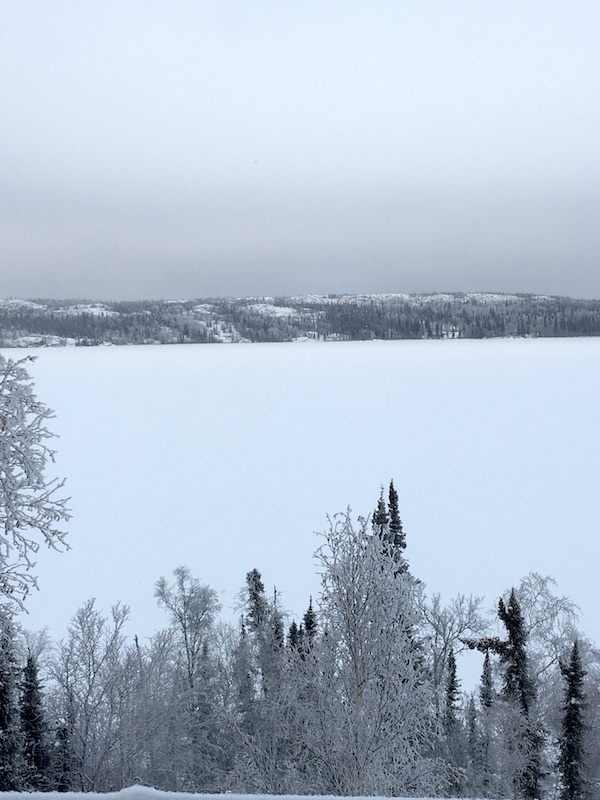
#5. Someone is Always Willing to Help
Our first year here, I was sometimes on my own through the winter when my husband traveled for work. Well, not completely alone. I had the company of our two youngest children; a then-3-year-old and a newborn baby.
It was cold and dark that winter, with the thermometer often dipping down into the -40 Celsius range.
Yet one of my neighbors (a mother of five), had heard I was here on my own. She and her young son came dog-sledding across the frozen lake to make sure the girls and I were okay. And to bring us some fresh-baked cranberry muffins.
When you live in a really remote area, getting to know your closest neighbors is as much about safety and survival as it is about being social. The people who choose to move this far north and make a go of it off the grid are generally a can-do, self-reliant group.
And it’s true, many of us are introverts, and enjoy the peace, quiet, and solitude only this lifestyle can bring. Yet I’m always impressed by how quickly folks living off-grid in our area jump in to lend a hand, share their knowledge, or just “check-in” when needed.
#6. Internet, Satellite & Cell Phone Service Costs a Lot
If you’re happy to disconnect from the electricity grid but not ready to disconnect from your online life, you may be surprised to discover just how far-reaching technology is across North America. While services end not far north of here, we currently have excellent cell phone service in our area.
We could also get satellite TV if we wanted, but we don’t. We even have limited internet off the grid — important for work and our daughters’ homeschooling.
But it’s all expensive. So if being connected is important to you, do your research on pricing and availability before you move.
Want to Learn More about Sarita’s Off-Grid Journey?
Interested in learning more about homesteading and living off the grid in an extremely cold climate? Visit Off Grid Life and subscribe. You’ll gain immediate free access to our library of 11 free resources, including our big list of 75 Online Homesteading and Off Grid Living Resources and Courses to Start Today.
Plus, for a limited time, you’ll also receive our popular free eGuide: Off Grid Living for Beginners: 21 Ways to Get Started Now. And for more tips, tools and tricks to living off the grid in a remote northern climate, join us on Pinterest, Facebook or Instagram!
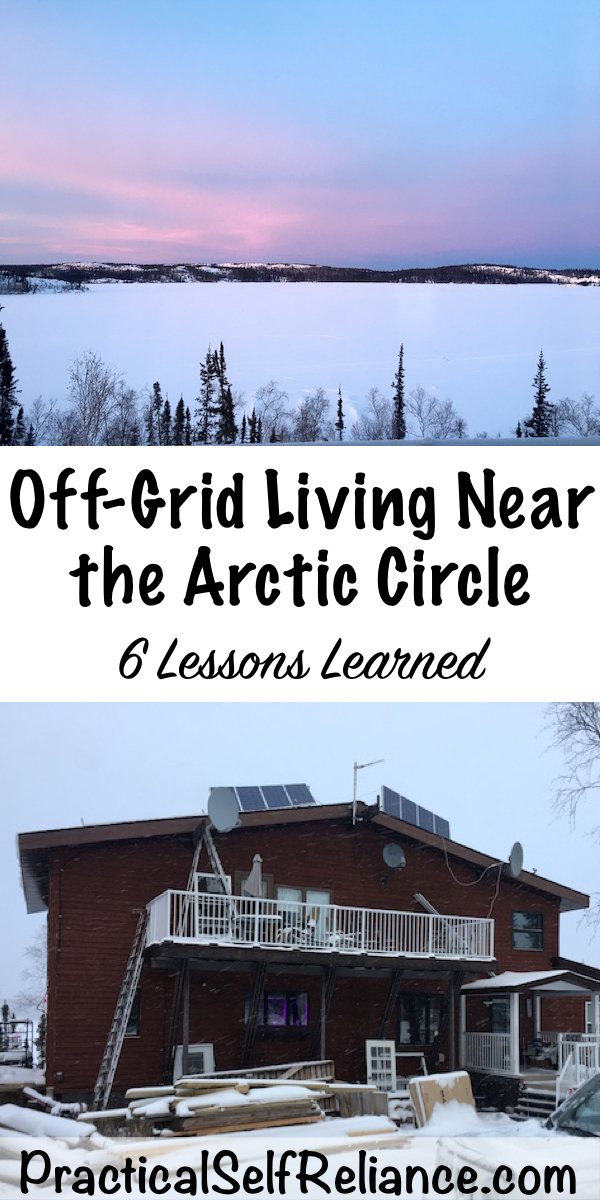
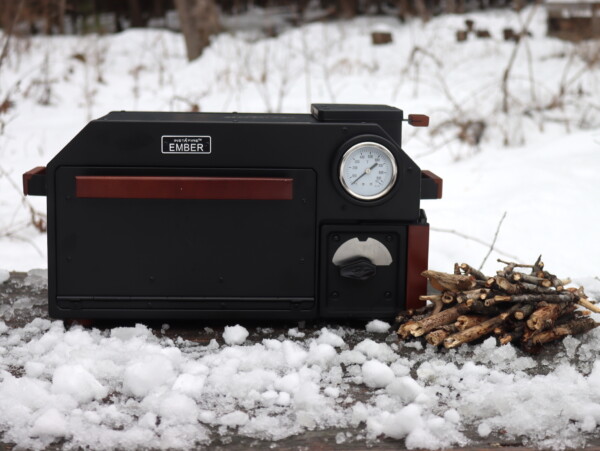
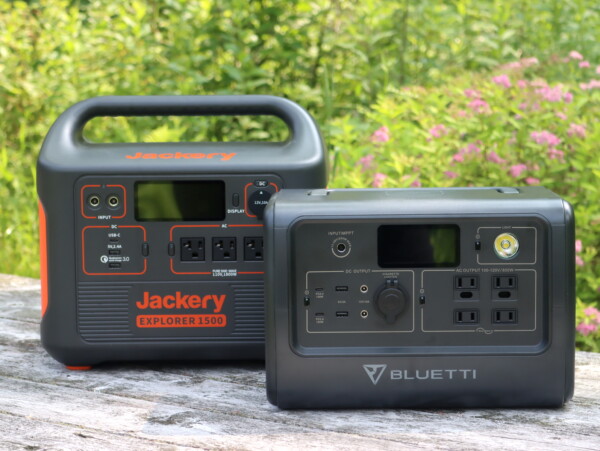
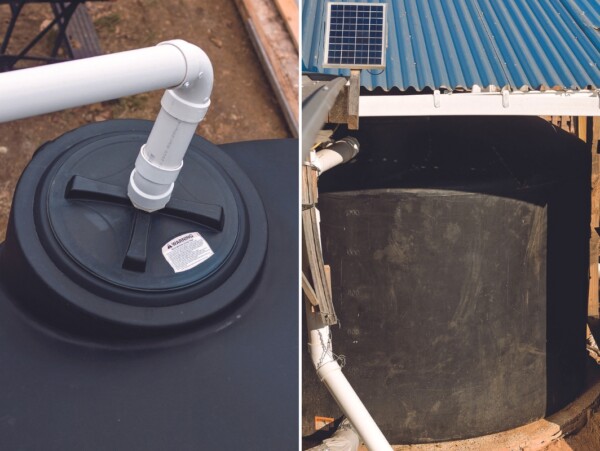
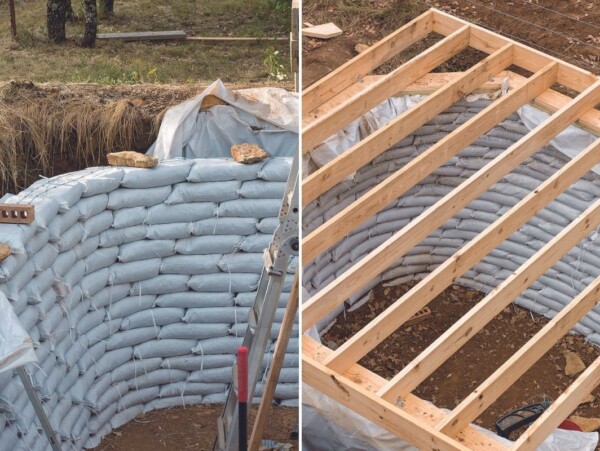
1 Comment